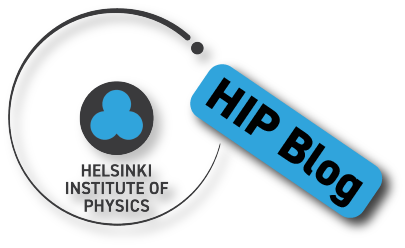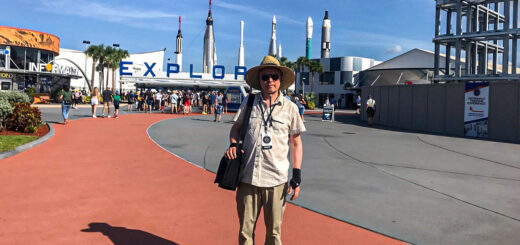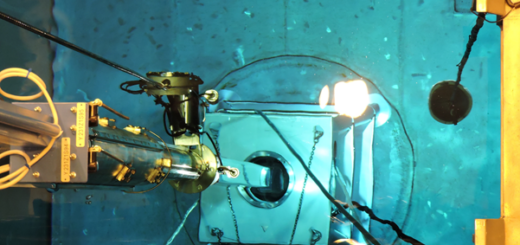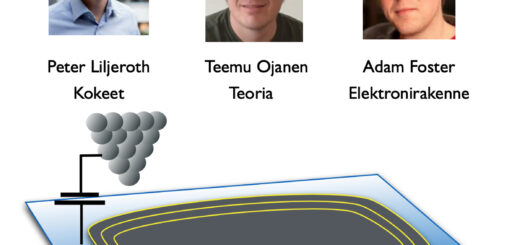The Applied Curiosity of LUT’s Physics Department

Lappeenranta-Lahti University of Technology (LUT) is known for its slogan – Land of the Curious, and it lives up to it, LUT is a pioneering engineering university in Finland, bringing together the fields of science and business since 1969.
Curiosity, knowledge, and real-life application are the driving forces behind the LUT’s Physics Department. Our research strives to improve the quality of materials and measurement systems.

The Department of Physics at LUT University conducts fundamental research on the topics of condensed matter, including semiconductors, superconductors, functional magnetic materials, nanostructures, computational physics, and instrumentation of experimental particle physics. Furthermore, since the fall of 2024, Big Data has been included in our specialities with the employment of Prof. Henning Kirschenmann (who previously worked on the HIP CMS Experiment project). The streamlined LUT Physics Department is staffed with about 20 researchers. Our condensed size facilitates personal engagement directly with the students and straightforward collaboration between the different department teams as well as various other research groups within LUT.
The research conducted by the Computational Materials Science Group, led by Prof. Bernardo Barbiellini, significantly contributes to the understanding of the electronic properties of materials, with implications for various technological applications. The Group is known for research in the fields of theoretical condensed matter physics, angular resolved photoemission spectroscopy (ARPES), x-ray Compton scattering, resonant inelastic x-ray scattering (RIXS), and positron annihilation spectroscopy (PAS).
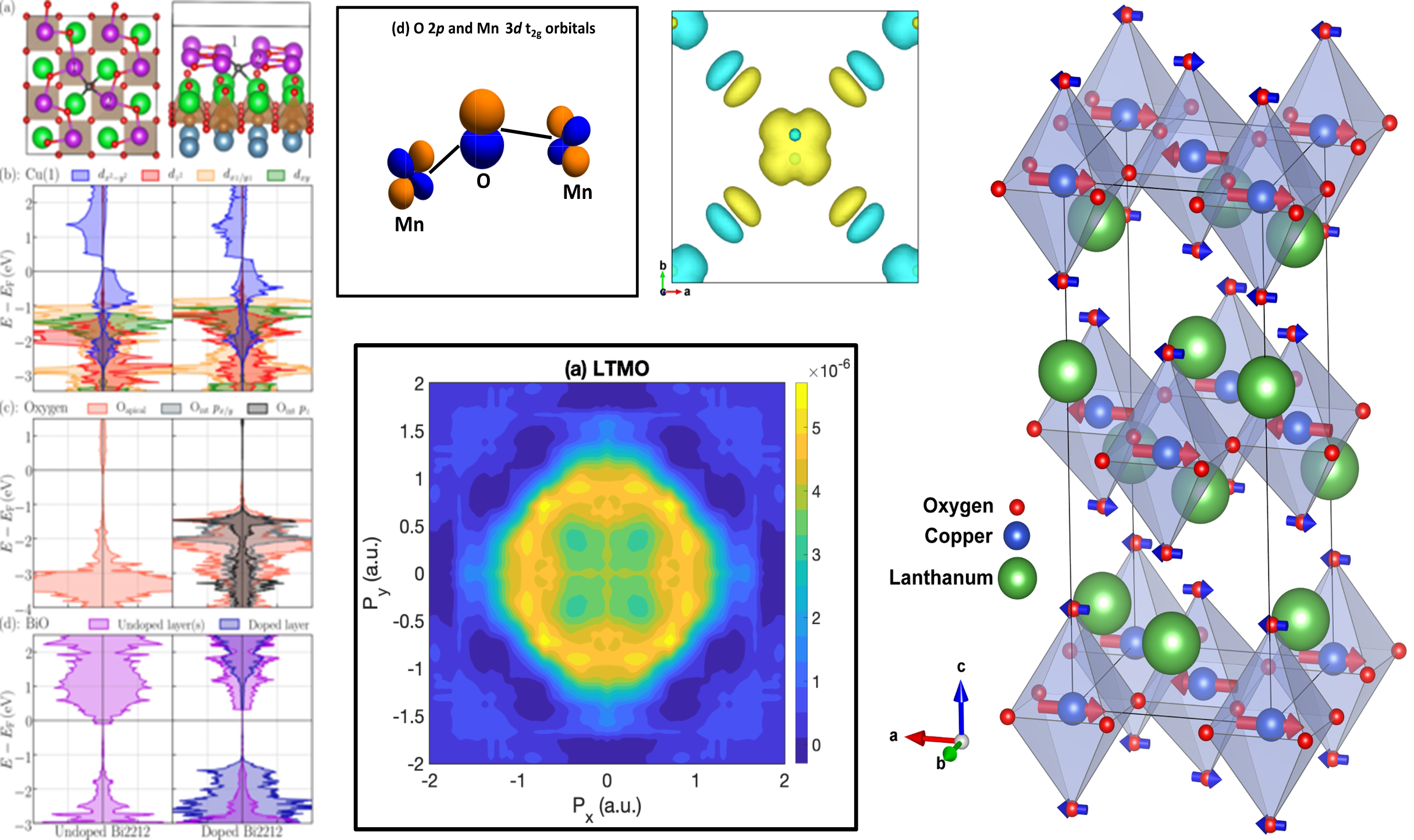
One of their specialities is using the Density Functional Theory for calculating the electronic structure and orbitals which are like “genes” for functional materials. Moreover, they have been able to calculate the response functions needed to understand the mechanical and electromagnetic properties of these materials. Additionally, they can perform tomographic reconstruction of oxygen orbitals in lithium-rich battery materials (link to the article).
The Experimental Physics Instrumentation Group, led by Prof. Panja Luukka, is involved with the Helsinki Institute of Physics in the CMS Tracker and actively participates in its currently ongoing upgrade program for the High Luminosity LHC. Furthermore, LUT students are also involved with the characterization of the CMS Minimum Ionizing Particle Timing Detector (MIP MTD).
Since HIP will be one of the production centres for the CMS inner tracker modules, there will also be a need for some testing capacity. A temperature-controlled cooling setup (coldbox) was built for module testing. The box was designed at the Paul Scherrer Institute, and two copies were built by HIP: one for Helsinki and one for CERN. An LUT doctorate student Mika Väänänen made a considerable contribution to constructing, testing, and commissioning both setups.

Devices based on similar technology can also be used in other fields, such as medical imaging, beam characterisation, and safety and safeguards, which have a large societal impact. Thus, the Group strives not only to apply the technologies mastered to fundamental research but also to the larger context of benefiting society. There are several interesting current and completed research projects, by the Group, applying technology originally developed for particle physics applications.

One of these was the Business Finland-funded Detector for Nuclear Safety, Decommissioning and Diagnostic Applications (DeNuSa) project focused on the development of standalone, compact detectors for nuclear safety, decommissioning and diagnostic applications, which was completed in spring 2023 in partnership with HIP.

Another Business Finland co-innovation project, High Performance Imaging Microsystems (HigPIg), just got funded (October 2024) and it is in consortium with VTT and four Finnish companies. This project focuses on infrared and high-energy detection systems for defence and healthcare applications such as laser rangefinders and X-ray dental imaging.
The steadily expanding research and development of micro-magnetomechanical systems (MAMS) can be considered a trademark of the LUT Material Physics Group, led by Prof. Kari Ullakko. MSM and MAMS – in which the Group is a pioneer – have the potential to revolutionise electromechanics in a way like silicon revolutionising electronics. Their use makes devices smaller, more reliable, and less expensive. Another class of smart materials of interest are magnetocaloric materials. These materials could improve the cooling capacity of current refrigeration systems and eliminate the need for harmful cooling liquids that contribute to climate change. One of the key approaches of the group is to aim at a higher efficiency in synthesizing and testing novel material compositions, which allows shorter lead times from conceptualization to production.

The focus of the Solid-State Physics Group, led by Prof. Erkki Lähderanta, has been magnetic properties and semiconductors. Other active areas have been superconductors, magnons in ferrite-ferroelectric materials, dendrimers, cleaning of water from Hg-ions via chelation, and thermometry based on luminescence. Understanding superconductors, especially high-temperature superconductivity may prove crucial to the challenge of producing affordable and clean energy, as lossless transfer of electricity is one of the key questions in energy production.

High-quality instrumentation requires high-calibre research, assembly, and quality assurance facilities.
The Department is composed of several laboratories which constitute our primary research infrastructure. During the next few years, our main developmental focus will be on the renovation, refurbishment, and commissioning of the main Instrumentation Laboratory. The Department of Physics also shares multiple laboratory facilities within its research groups. Additionally, we have shared access to clean room facilities with LES (LUT School of Energy Systems).

The MAMS chips are micromachined using a femtosecond pulse laser ablation setup installed in our Material Science Laboratory. We have the required equipment for characterisation of the manufactured materials and devices, including a specialised microbeam x-ray diffractometer, high-resolution x-ray diffractometer, polarised light microscopes, electromagnets, scanning electron microscope, atomic/magnetic force microscope, laser Doppler vibrometer, ultra-high-speed video camera and magneto-mechanical testing devices.
Additionally, access to the Jamie Hyneman Protolab Center can be granted to every LUT researcher. The lab’s goal is to create innovative ideas and give resources for both building and testing prototypes. The Protolab brings together students, LUT researchers and companies with a common goal of solving problems by creating something new.
Fundamental research and high-quality instrumentation facilities need curious students to find solutions to issues we face today and tomorrow.
We are currently writing a new M.Sc. Programme with a focus on applied physics with strong components of experimental physics instrumentation, Semiconductor reliability and Computational physics including advanced data analysis of physics experiments. By consolidating the knowledge of our team of excellent professors and researchers on these key areas as well as the ability to design a university course with a core of problem-based learning and the value of solving real-life industry problems with advanced scientific knowledge.
We expect our students to be more versatile and have better employment opportunities both in the academic world and in industry.
ELMO-LION is another example of a multidisciplinary activity at the Department of Physics. It is a new PhD course and Summer School on European battery technology and innovation. It has the ambition to train the next generation of scientists and engineers in the interdisciplinary and rapidly accelerating field of Li-ion batteries. Additionally, the learning objectives are oriented towards understanding how to improve the charging of batteries and extend battery lifespan by optimising the lithiation and delithiation processes to ensure ions are homogeneously distributed across the cells.

LUT University has strong links to the business community. The university has earned the title of Best University in Business Technology Cooperation in Finland, granted by the Finnish business journal Talouselämä.

Aneliya Karadzhinova-Ferrer
Post-Doctoral Researcher, HIP Project (CMS Upgrade)
LUT University and Helsinki Institute of Physics





